#MaharashtraDay- The diverse costumes of Maharashtra
Total Views |
It was in the year 1960 when the state of Bombay was divided to create two news states namely - Maharashtra and Gujarat under the States Reorganisation Act, 1956 that the boundaries of the state were defined. From speeches to colourful parades, Maharashtra celebrates this day with lot of enthusiasm.
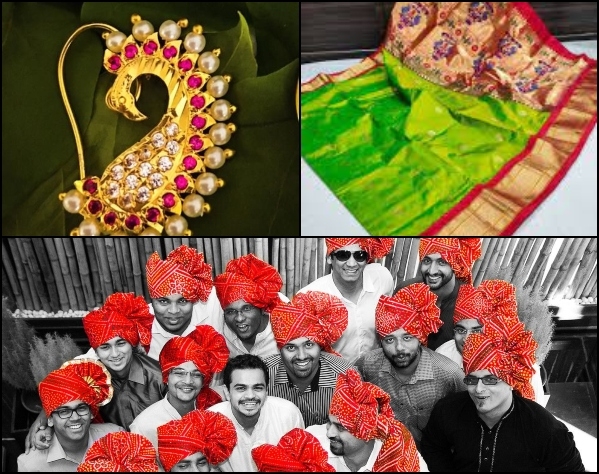
Traditions like Lezim dance, Dhol Tasha, the Marathi folk music, its literature, its cuisine makes it a grand state. With this traditional culture being followed for several years, there is another aspect of its culture that comes up in one's mind - Maharashtra traditional wears. So, here is a look at their tradition which is hugely diversified if one comes across the state.
1. Pheta
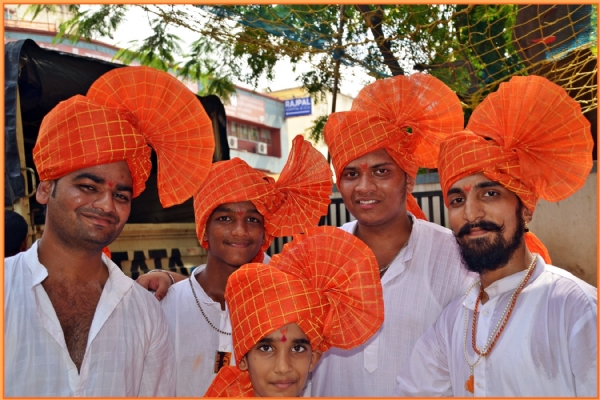
Pehta is the headdress Marathi men wear. It is a 'topi', or a head cover usually made up of cotton. It is distinctive traditional turban worn in ceremonies such as weddings, festive and cultural and religious celebrations as well it is common to wear Pheta. In many parts it is customary to offer male dignitaries a traditional welcome by offering a Pheta to wear. In Pheta, too, there are many varieties. One that is famous in Puneri Pheta.
2. Dhoti
The men in Maharashtra usually wear dhoti specifically the elderly people. A dhoti is a single piece of cloth that is tucked around one's waist, and it covers the entire leg till the ankle. Dhotis are secured by making five tucks on each side, and then the loose ends are put in at the back. Dhotis are usually saffron or cream or white in colour.
3. Kolhapuri Chappal
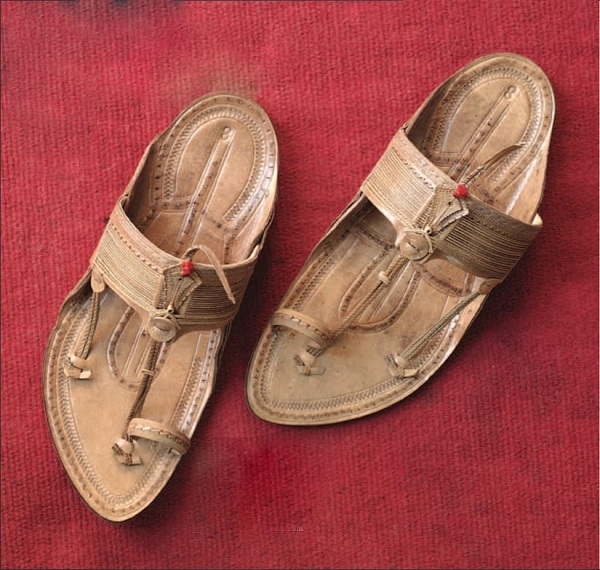
The Kolhapuri Chappal from Kolhapur is known for their simple style, durability, quality of the leather and its design. They are a style of open-toed, T-strap sandal. It ven got a geographical indication tag from the Controller General of Patents, Designs & Trade Marks in July 2019.
4. Kaashtha Saree
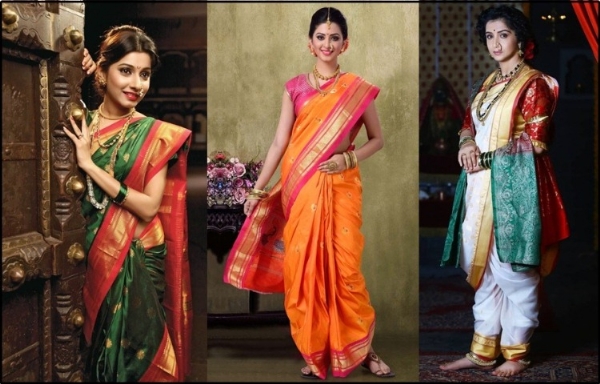
The Kaashtha Saree is a style of Saree draping is very similar to the way the Maharashtrian dhoti is worn. The word Kaashtha refers to the sari being tucked at the back. Since this Saree is usually worn by using a single nine yard cloth, it is also referred to as Nauvari which means Nine Yards. It is referred to as Akanda Vastra, which means it doesn't need any other attire to support it. In fact, this attire holds utmost importance as women across different walks of life have worn it. It is not just worn at religious and cultural events, but women have fought wars in the past and still work in farmlands wearing this.
5. Nath
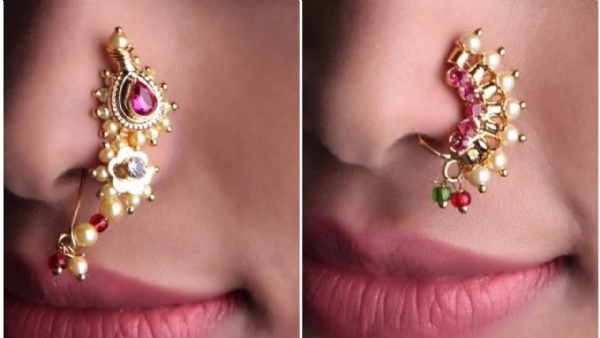
Women wear Nath i.e. a nose piercing. Naths can be simple loops or loops connected with the earring on any one side. They are normally made up of gold. Women are also found wearing other gold jewellery like earrings and necklace (haar) with different coloured stones.
6. Paithani Saree
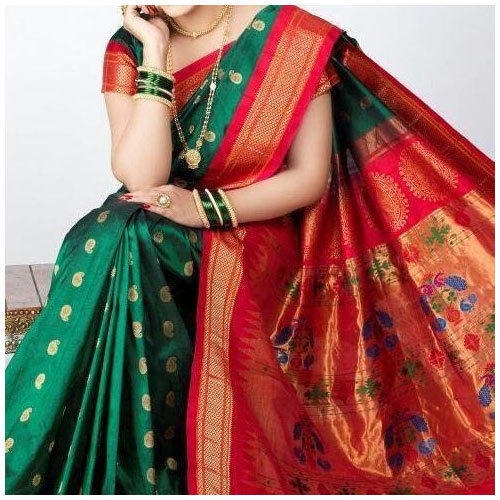
Though there are many types of saree popular in Maharashtra, one that stands out of these is - Paithani Saree. It is named after the Paithan town in Aurangabad from state of Maharashtra where the saree was first made by hand. Paithani is characterised by borders of an oblique square design, and a pallu with a Peacock design. Plain as well as spotted designs are available. Among other varieties, single colored and kaleidoscope-colored designs are also popular. The kaleidoscopic effect is achieved by using one color for weaving lengthwise and another for weaving width wise.
